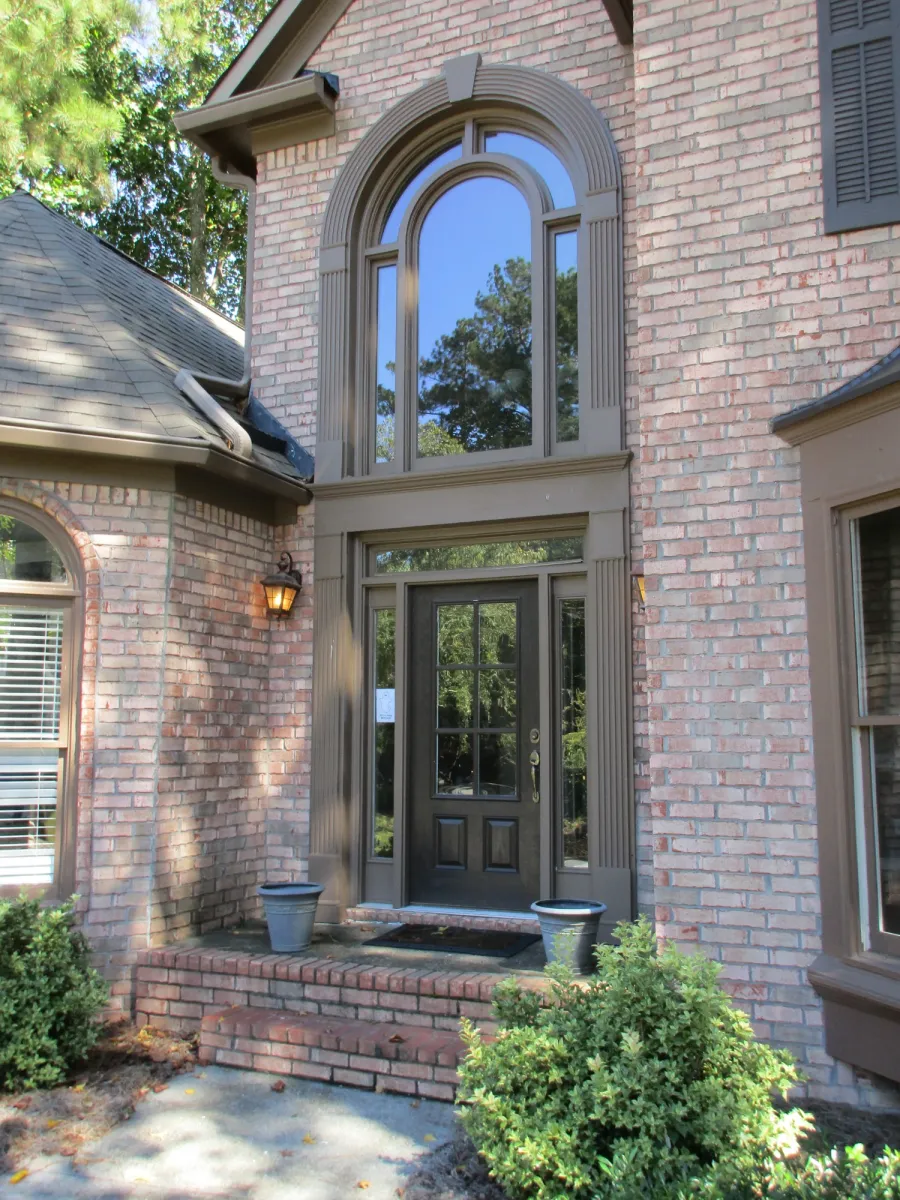Energy Efficient Windows & Doors

Energy Efficiency
EXOVATIONS door and window materials allow you to choose the look and degree of energy efficiency you want without sacrificing function or aesthetic. They're beautiful, durable, functional and, yes, energy efficient.
Benefits of Energy Efficient Windows & Doors
There are many benefits of replacing your home's windows and doors with new energy efficient units.
- By keeping your home's temperature constant, new energy efficient windows and doors will almost certainly reduce energy use, and therefore your utility bills, for heating and cooling.
- As a result, they can help lower mechanical equipment costs due to less wear and tear on heating and cooling units.
- Your home's overall comfort is increased year round, since your home will be cooler in the summer and warmer in the winter.
- The improved coatings used on modern windows provide energy efficiency without obscuring light transmission, resulting in less need for artificial lighting in your home.
- These coatings can also reduce ultraviolet rays to help prevent fading of fabrics, furnishings, and flooring.
Energy Efficient Certifications
What Makes a Window Energy Efficient
Framing
Glass
Gas Fills and Spacers
Spacers- the spacers that keep the glass panes apart are rated based on the conductivity of the material they are made from. They can be made from metal, non-metal or a combination, but they must create a leak-free gas seal.
Low-E Coating

What Do Energy Efficiency Ratings Mean?
- The U-factor is a measure of heat transfer; the lower the U-factor, the better a product is a preventing heat from escaping a home. This is important in cold months when you are paying to heat the interior of your home.
- SHGC is a measure of how well a product blocks heat from the sun. Here in Atlanta, you want a low SHGC rating to keep your home cooler in hot months.
- VT measures how much light comes through a window. This can be an important factor in reducing the need for artificial lighting in a home.
- Air leakage is an optional rating that may not appear on all NFRC labels. It refers to how much outside air comes through a product into a home, and typically range between 0.1 and 0.3. The lower the rating, the better.
- Condensation resistance is also an optional rating, and may not appear on all manufacturer NFRC labels. It measures how well a product resists the build up of condensation.